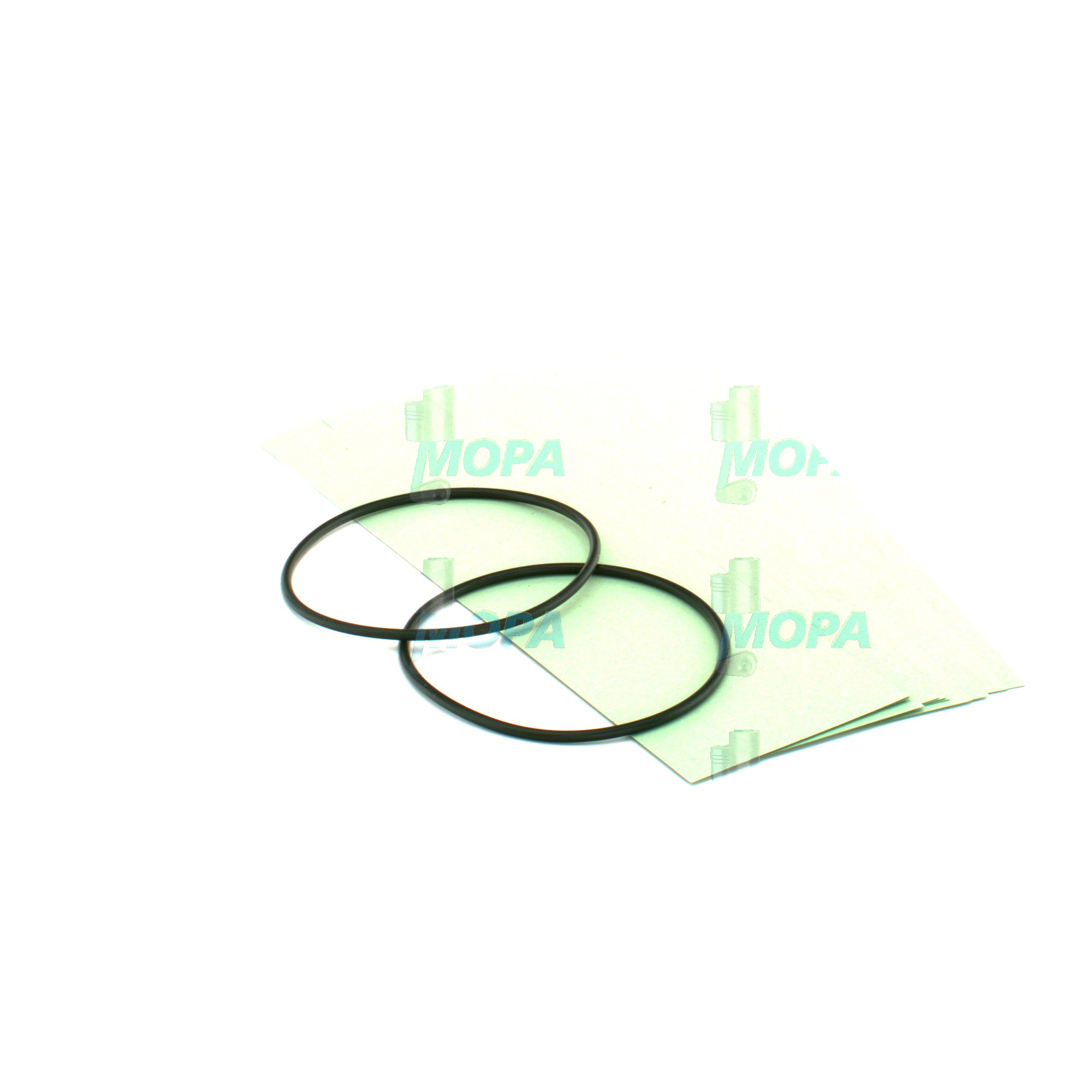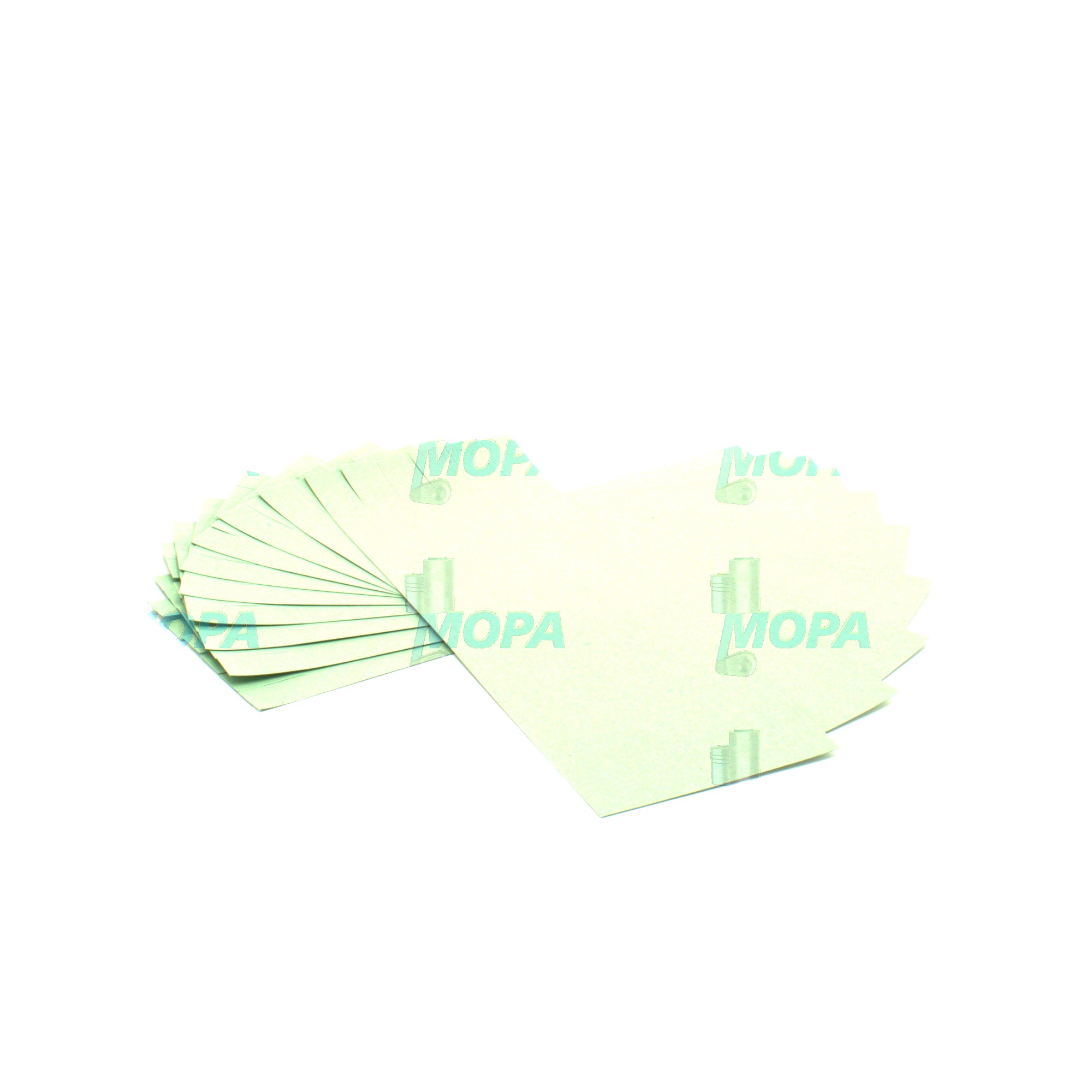SEALING SLEEVE in the “Other” Engine Components Category
The article category “Other” covers a wide range of precision engine components that do not always fit neatly into the big assemblies, yet are essential for safe, clean, and efficient operation. Typical items in this group include the SEALING SLEEVE, wear sleeves, injector sleeves, spacer sleeves, plugs, dowels, caps, and shims used across diesel and gas engines. Although compact and often unseen during regular operation, these parts control leakage paths, protect running surfaces, maintain alignment, and enable reliable sealing between fluids and gases—functions that directly impact uptime and total operating cost for marine and power-generation assets.
Procurement teams and technical managers rely on the “Other” category to source precisely those pieces that keep systems tight and components in tolerance. A SEALING SLEEVE can stabilize a seal’s running surface on a shaft, isolate an injector from coolant, or bridge minute tolerance differences in housings. In marine engine service, this category is critical: it supports planned maintenance with dimensionally correct, material-specific replacements that restore clearances and sealing capability without re-machining major parts.
Technical function of Other components and SEALING SLEEVE in diesel engine and marine engine systems
The SEALING SLEEVE fulfills several roles depending on location. On rotating assemblies, it often acts as a wear sleeve placed over a crankshaft, camshaft, or pump shaft to present an optimal micro-finished surface for the radial oil seal lip. This prevents micro-grooving, reduces heat development at the lip, and keeps oil inside while excluding water or dust. In fuel systems, an injector SEALING SLEEVE separates the injector body from coolant galleries and combustion pressure, preventing cross-contamination and facilitating clean removal during overhaul. In auxiliary pumps, a sleeve can maintain concentricity and provide the correct hardness and surface finish for long seal life. Each of these tasks stabilizes the lubrication regime, preserves designed pressures, and sustains efficiency.
When specified as a SEALING SLEEVE marine engine component, metallurgy and surface treatment are key: corrosion-resistant alloys, controlled hardness, and precise wall thickness ensure drop-in fit and predictable wear. In a SEALING SLEEVE diesel engine application, correct surface roughness (to support the seal lip’s hydrodynamic film), concentricity, and press fit determine leakage performance and seal temperature. Selecting SEALING SLEEVE OEM parts helps maintain the original geometry and finish required by the seal manufacturer, minimizing friction losses and oil consumption over long service intervals.
- · Tight dimensional tolerances for drop-in fit
- · Correct surface hardness for wear resistance
- · Optimized roughness for seal lip lubrication
- · Corrosion-resistant materials for marine environments
- · Stable press-fit or adhesive fit as specified
- · Compatibility with common seal elastomers (e.g., FKM, HNBR)
- · Supports clean separation of fluids and gases
- · Reduces rework and machining of expensive shafts
Why the Other category and SEALING SLEEVE are crucial for engine reliability and service life
Engines fail prematurely when leakage paths form or when sealing surfaces degrade. A worn shaft track can cause oil mist, higher lube-oil consumption, and contamination of adjacent components. Faulty injector sleeves can allow fuel into the coolant or coolant into the combustion space, leading to corrosion, bearing damage, inefficient combustion, and unplanned stops. In safety-critical marine contexts, oil leaks near hot surfaces elevate fire risk and can trigger class observations.
By installing a correctly engineered SEALING SLEEVE at overhaul, operators restore a pristine running surface and avoid grinding or replacing costly shafts. Likewise, renewing injector sleeves preserves the barrier between coolant and fuel, stabilizing cylinder balance and emissions. Over time, the cost impact is significant: fewer fluid losses, fewer cleanups, less downtime, and extended life for seals, bearings, and pumps. Routine condition checks—monitoring oil consumption trends, inspecting seal tracks for micro-grooves, pressure testing injector bores—make it clear when a sleeve should be installed or renewed. In every case, the small part protects the major one, safeguarding reliability across long service intervals.
Advantages of OEM spare parts suitable for Other and SEALING SLEEVE OEM parts
Using OEM spare parts suitable for the “Other” category—especially SEALING SLEEVE OEM parts—delivers consistent performance because the materials, heat treatment, and dimensions are produced to the same specifications as the engine builder’s design intent. That precision ensures correct interference fits, seal lip contact pressures, and surface finishes, which directly affect leakage control and friction. For injector sleeves, OEM-grade alloys and geometry resist thermal cycling and galvanic effects common in high-output diesel and gas engines.
Performance, reliability, budget, and lifecycle benefits
With parts that match the specified tolerances and finishes, seal life increases, oil consumption stabilizes, and maintenance intervals become more predictable. Traceable quality and stable sourcing reduce the risk of repeat work, while correct packaging and protective coatings help parts arrive workshop-ready. Over a vessel’s operating year, the result is fewer unplanned stoppages and lower total cost per running hour—benefits that procurement teams and superintendents can quantify in reduced downtime and consistent emissions performance.
MOPA – reliable partner for OEM spare parts in the Other category and SEALING SLEEVE
MOPA is an experienced and dependable partner for OEM spare parts in the “Other” category, including SEALING SLEEVE solutions for diesel and gas engines. The team prioritizes speed, quality, and security—from rapid quotation and cross-referencing to consolidated logistics and documentation. Whether you manage a fleet of vessels or a power plant, MOPA streamlines sourcing for SEALING SLEEVE marine engine and SEALING SLEEVE diesel engine applications with short lead times, consistent product quality, and transparent traceability.
Customers benefit from expert part identification, access to a broad network of OEM sources, and safe, on-time delivery to shipyards, riding squads, or engine rooms worldwide. MOPA’s focus on risk control in procurement—batch traceability, material certificates on request, and careful packaging—helps technical teams install with confidence and return assets to service quickly.
Conclusion: SEALING SLEEVE and Other components keep engines tight and efficient
The “Other” category may be small in size, but its impact is large: SEALING SLEEVE and related precision parts preserve sealing integrity, protect major components, and sustain engine performance. Choosing OEM spare parts suitable for this category ensures the fit, finish, and material quality required for long service life, controlled operating costs, and reliable operation at sea or on land.




